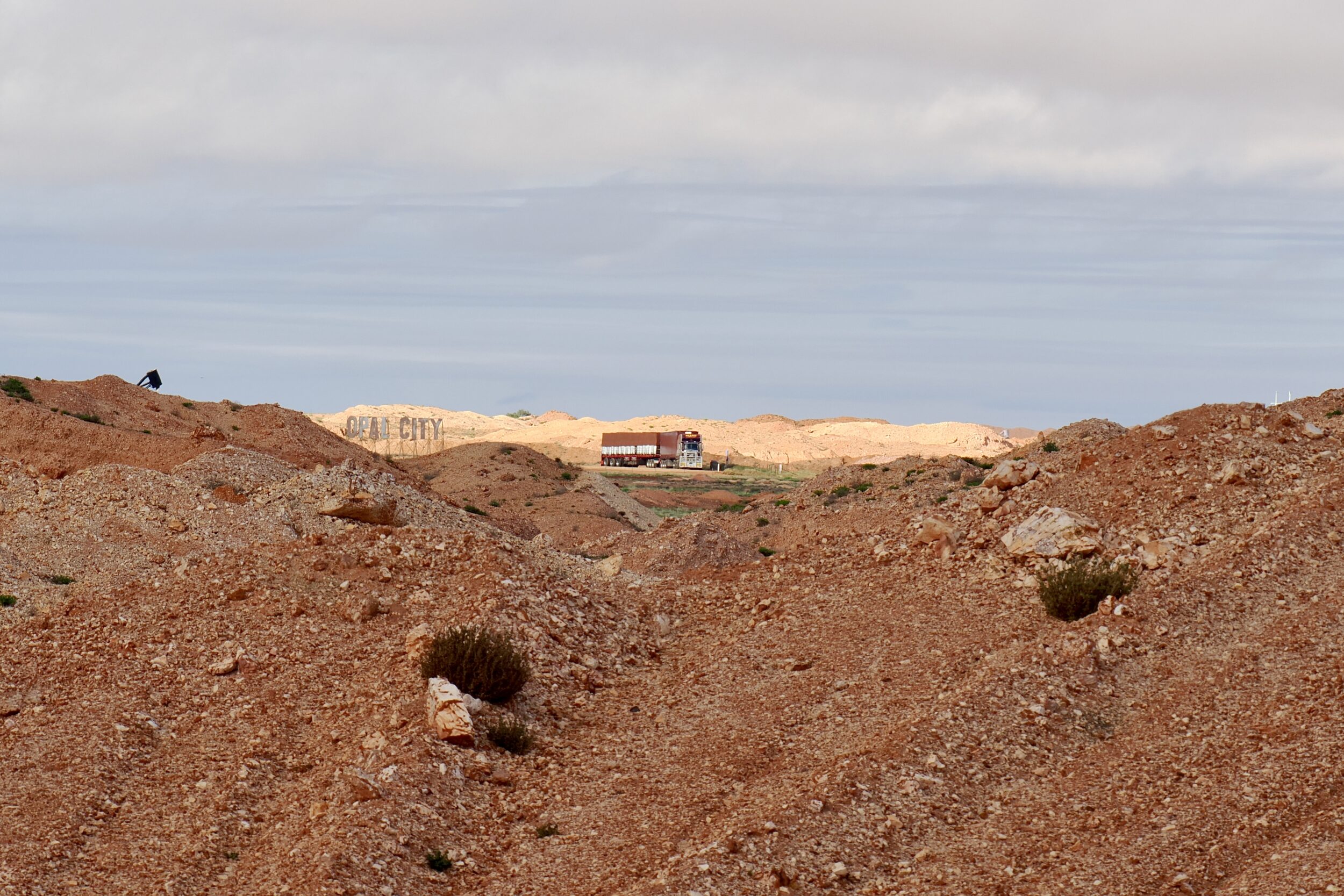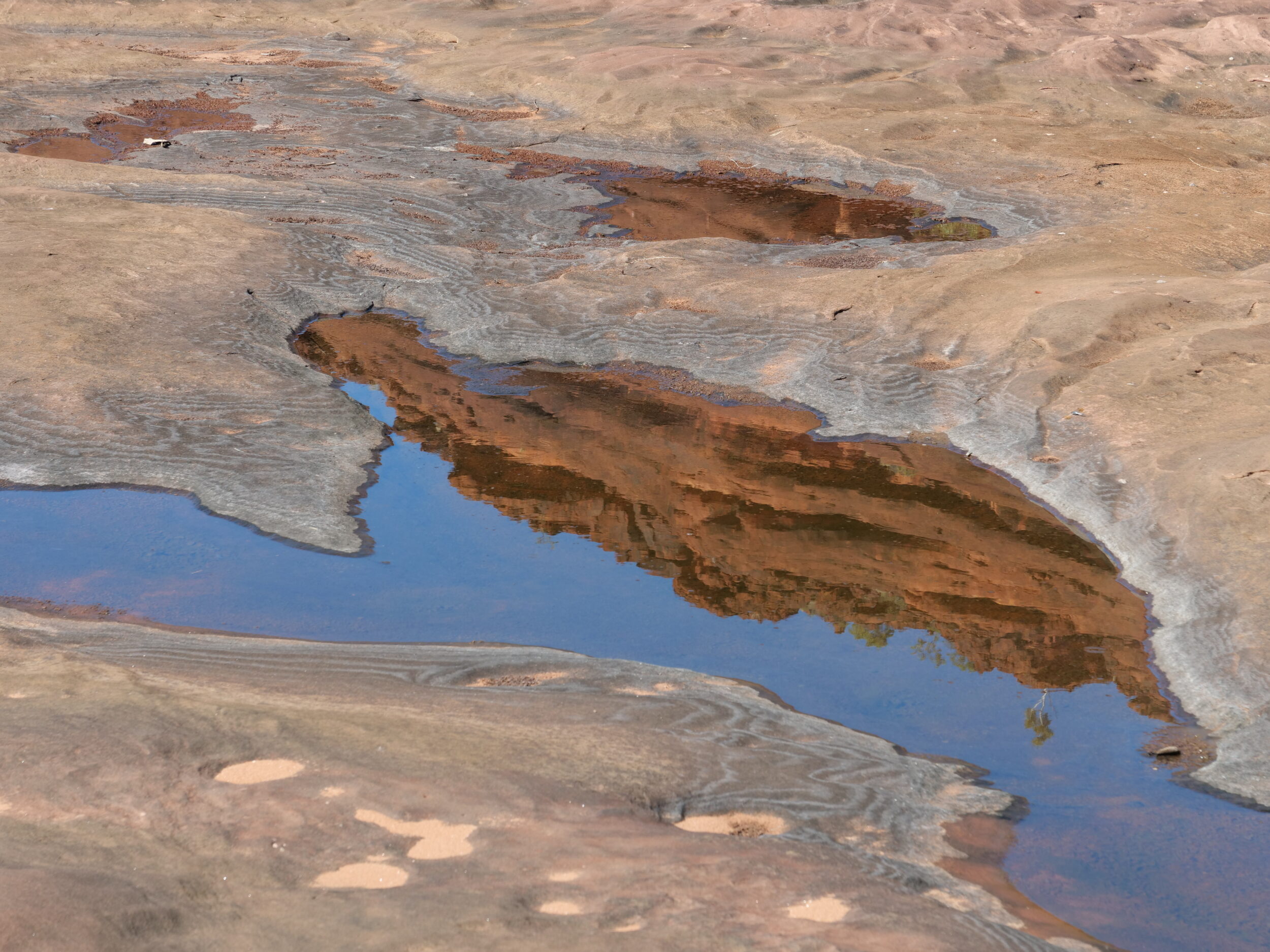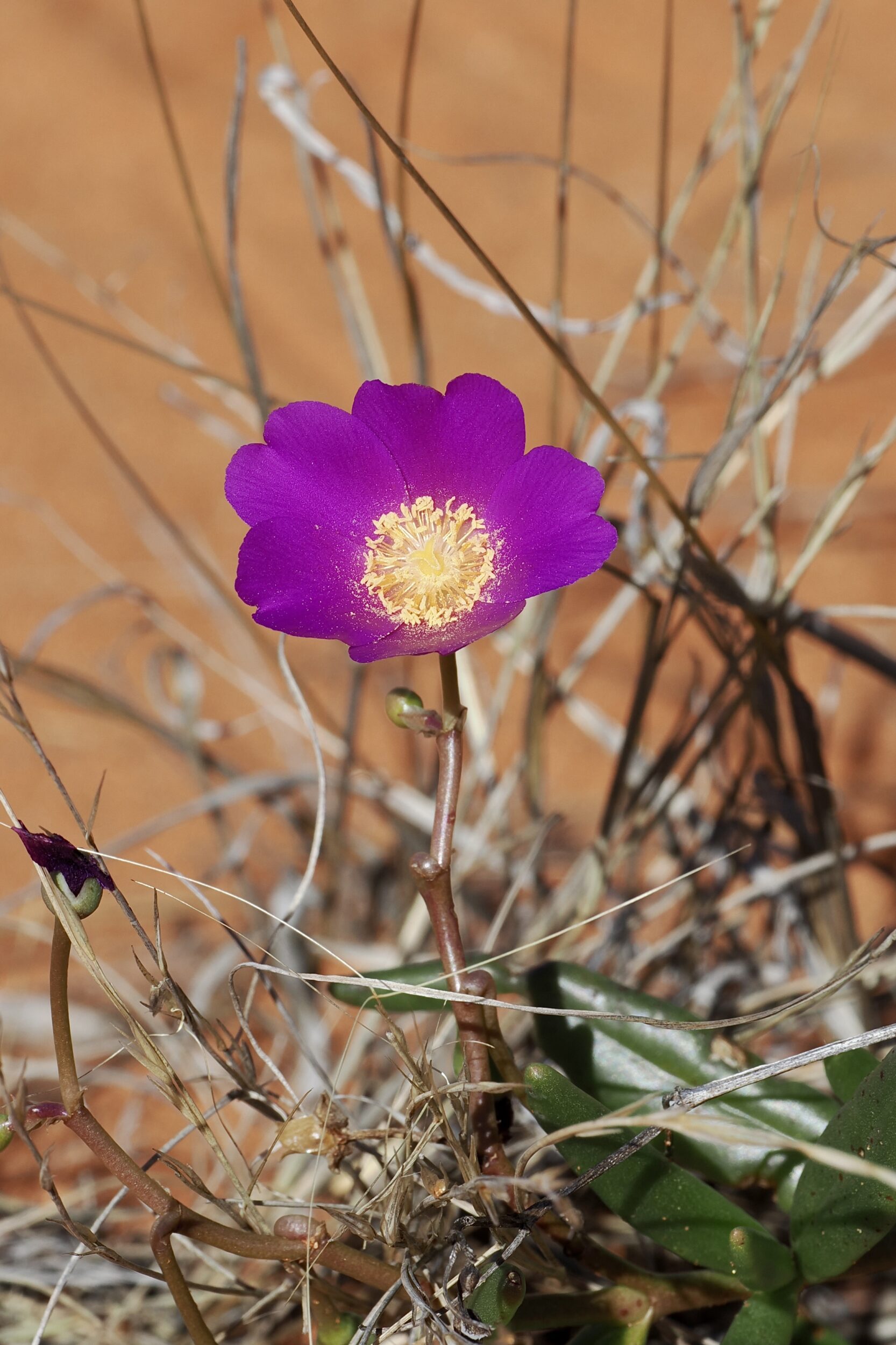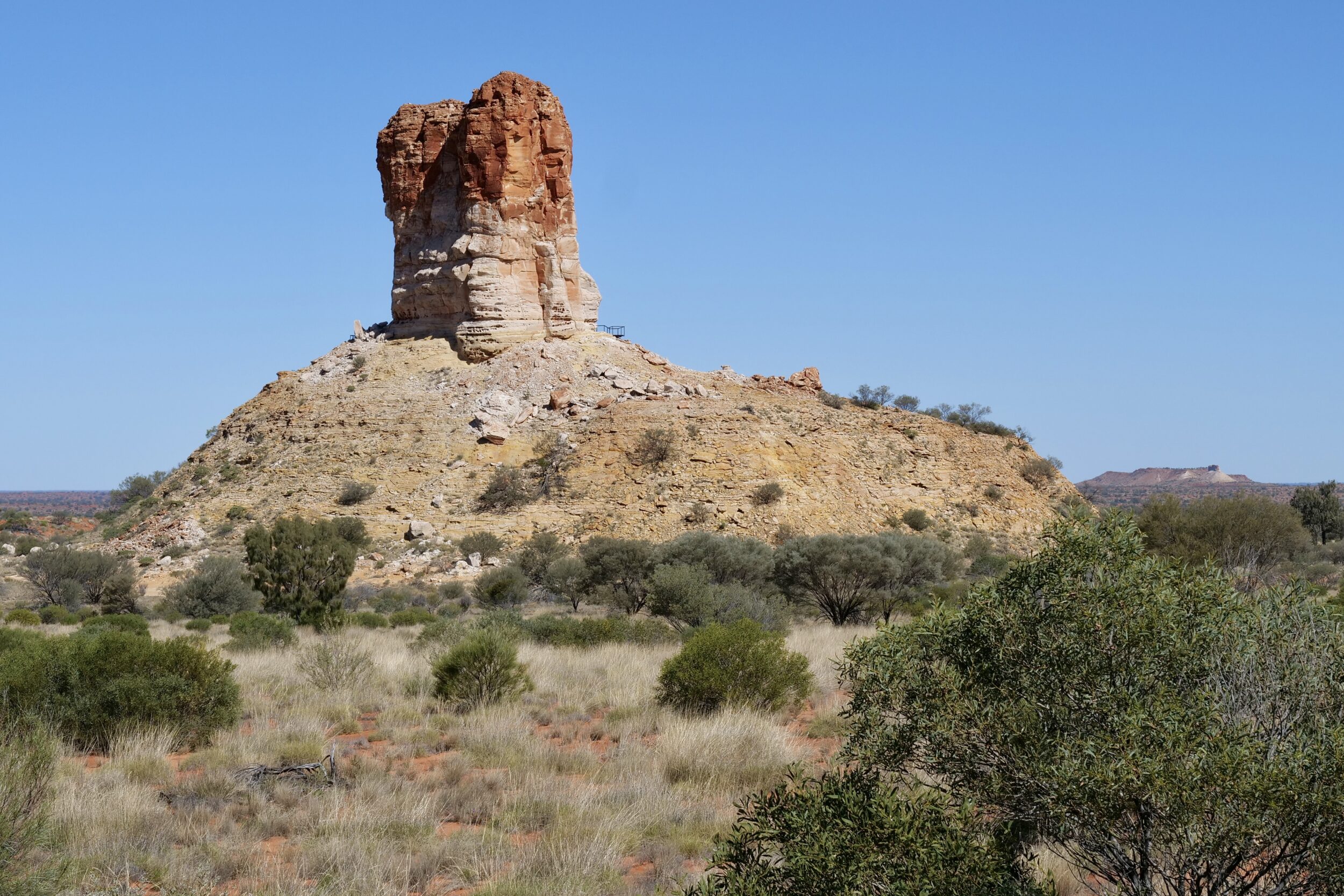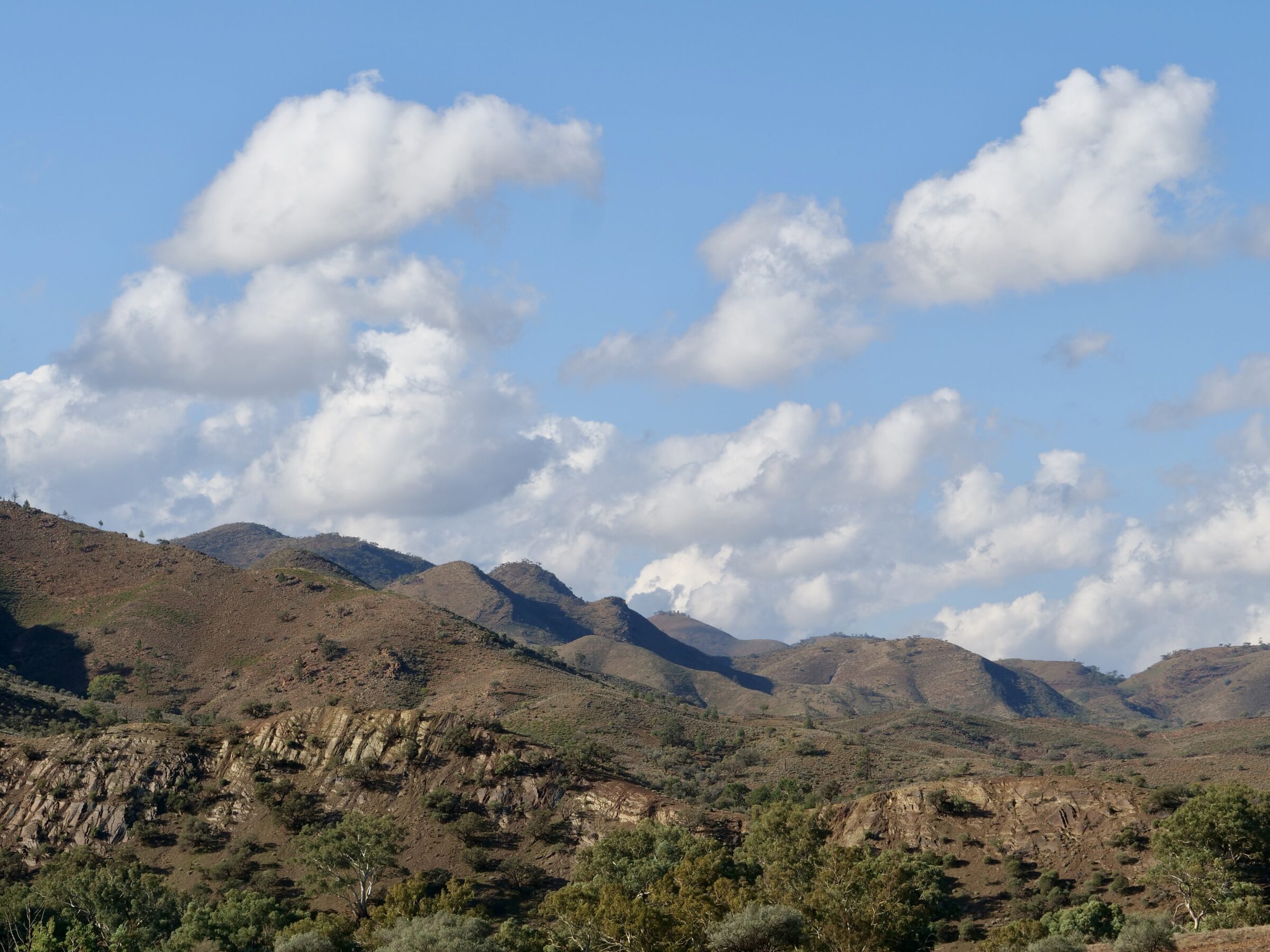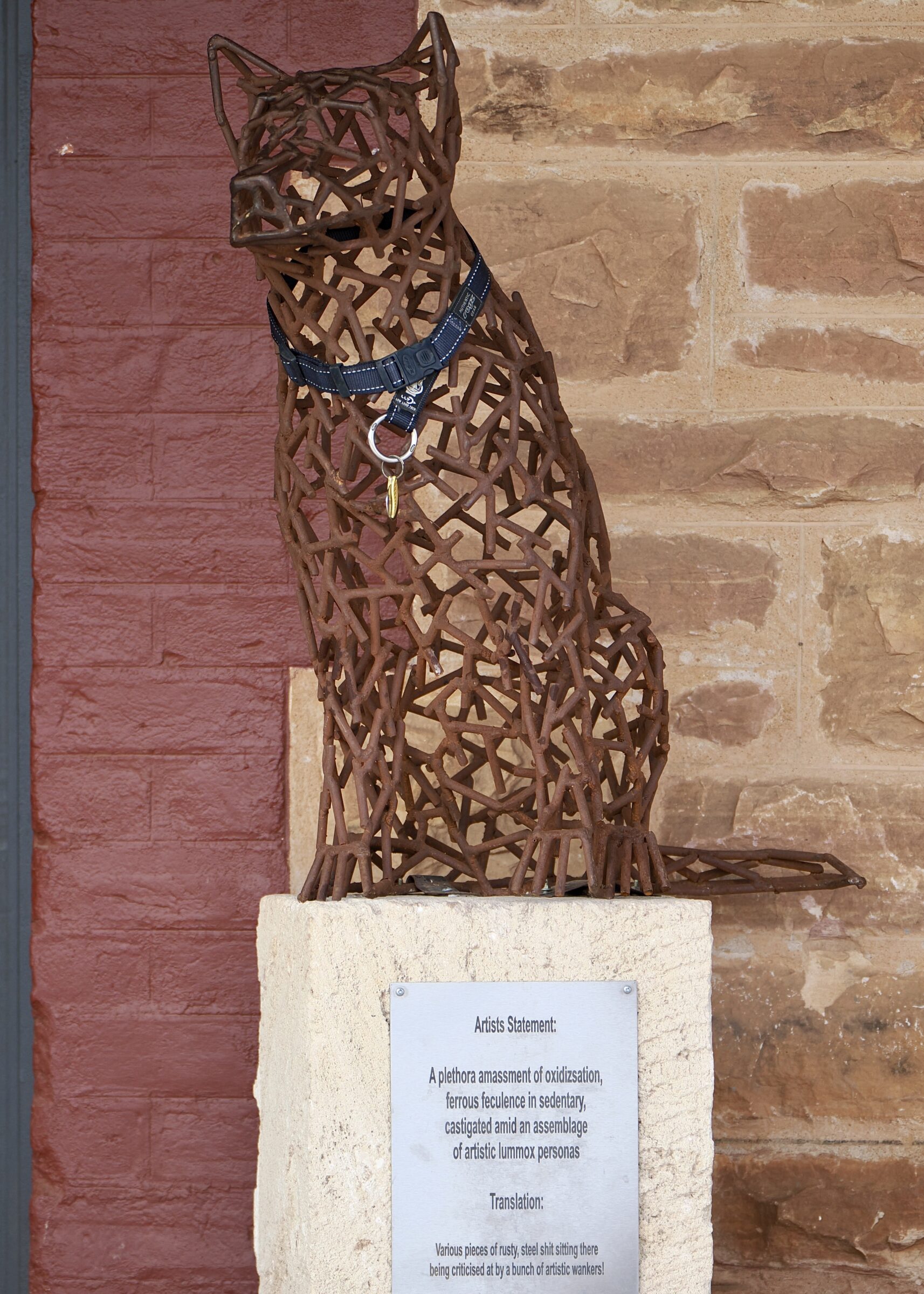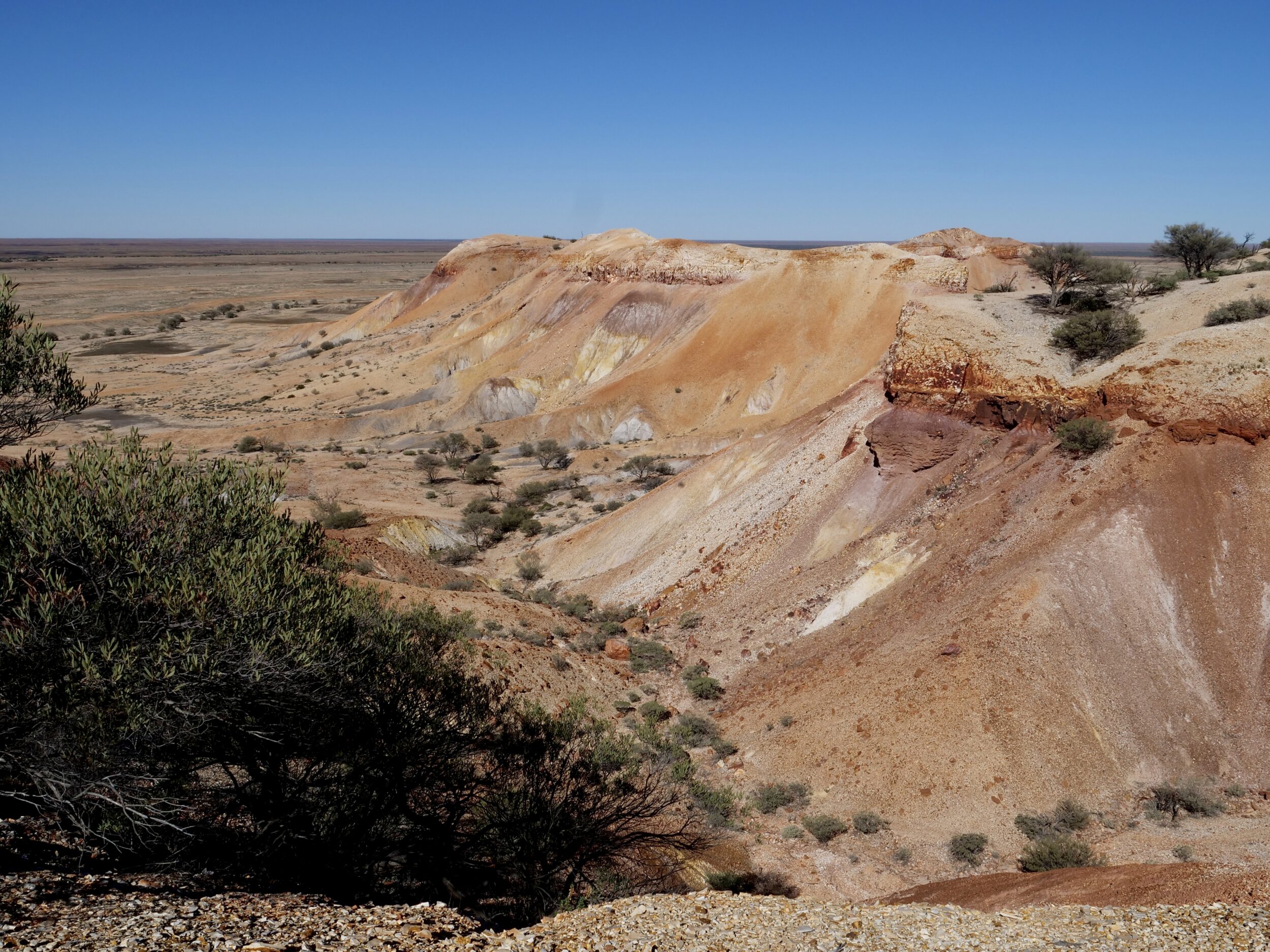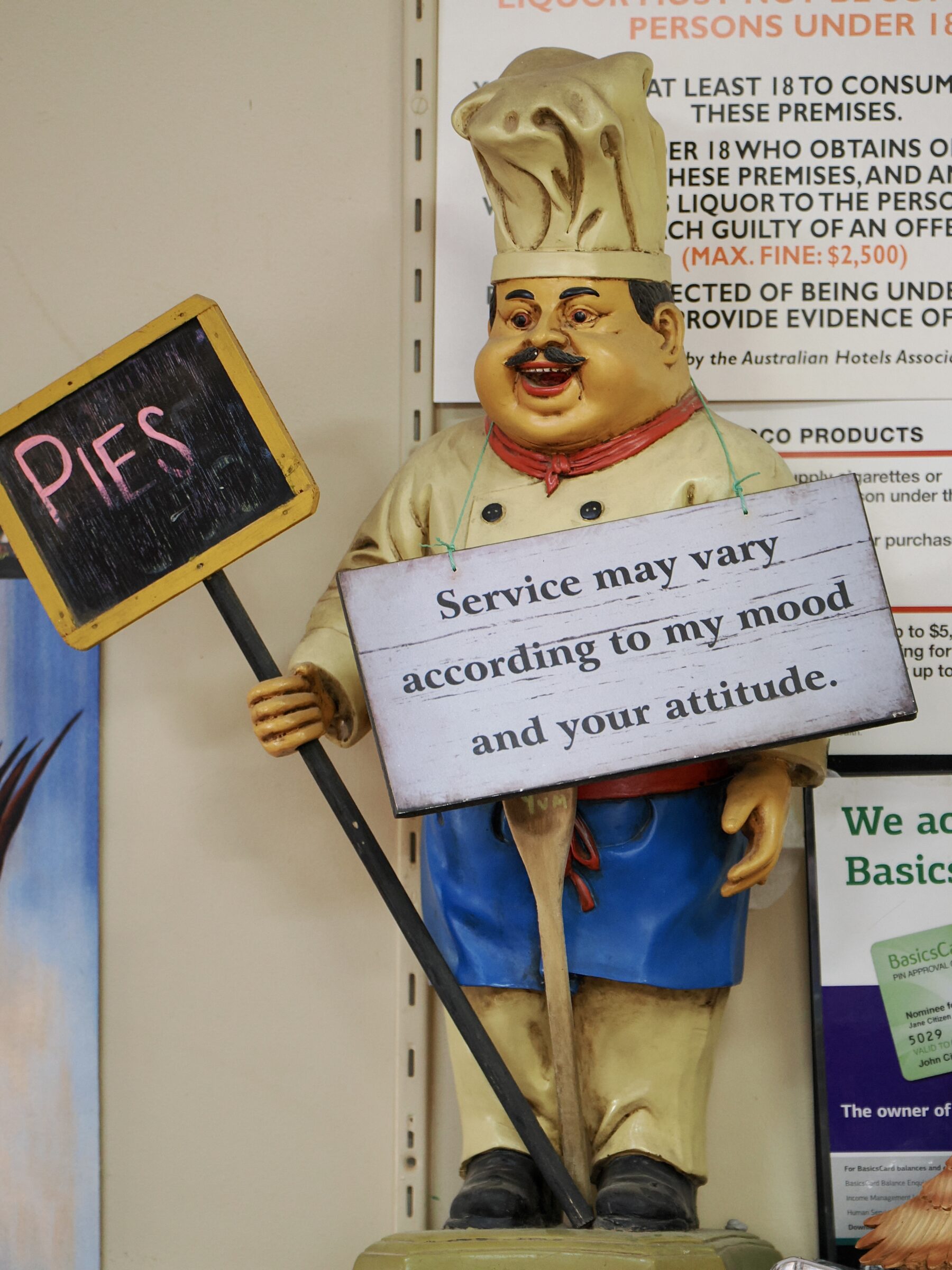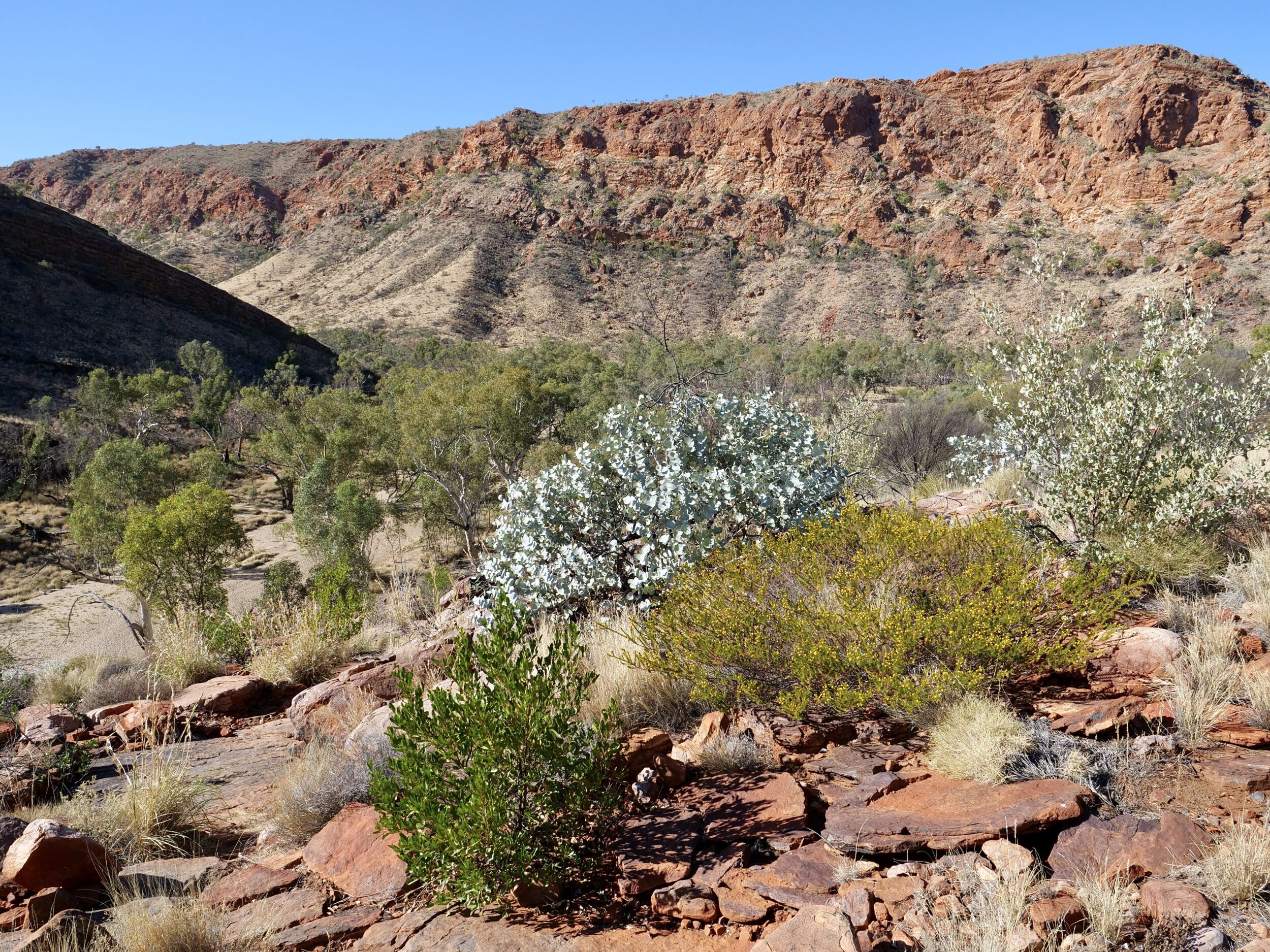Its boastful sign notwithstanding, Coober Pedy is definitely not a city.
846 ks north of Adelaide, Coober Pedy has fewer than 2,000 “permanent” residents, and the local housing market is decidedly “depressed”.
The town’s self-declared status as “opal capital of the world” is, however, defensible.
Reportedly, its name derives from kupa piti – a phrase coined by the local Aboriginal people whose ancestors arrived in South Australia’s outback more than a few thousand years before kupa piti described any of it.
Kupa piti translates as “whitefellas’ hole”.
Comments closed